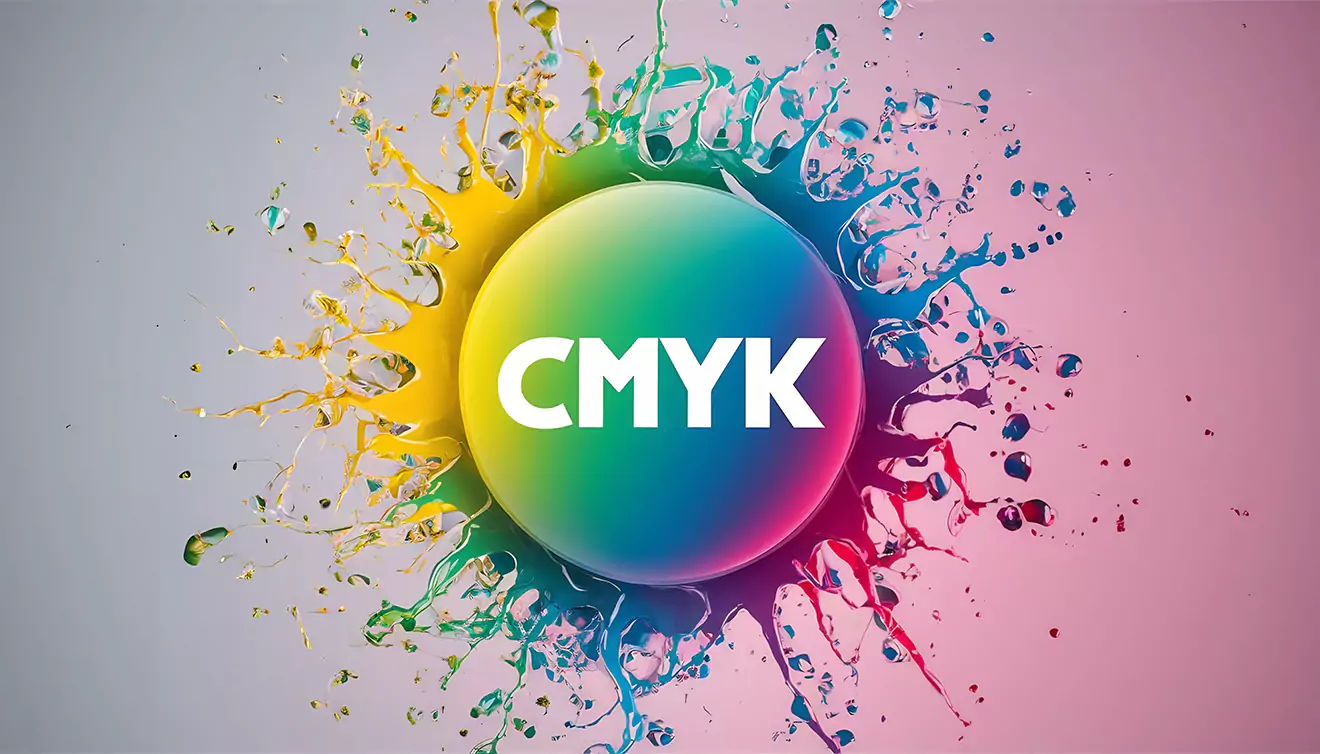RapidStudios's Tip 7: Understanding colour
Steven Hook / 17 August 2010

Understanding Colour
Colour can be tricky. Every device, due to its design and components, records and represents colour slightly differently. While many manufacturers prioritize making colours “look nice,” accuracy often takes a backseat. Here, we’ll explore common challenges and provide tips to ensure your images look their best when printed.
Common Problems with Digital Photos
- White Balance: Incorrect white balance can leave images with a yellow, orange, or blue tint. Adjust your camera’s white balance settings or correct the photos in software like Photoshop.
- Blow Out: Avoid pure white areas in your images, as they don’t print well. Many cameras highlight blown-out areas in preview mode, so use this feature to adjust your exposure.
- Bad Skin Tones: Skin tones can be challenging. Use software designed to correct skin tones or adjust them manually, but proceed with care.
Best Practices for Colour Accuracy
- Avoid blown-out areas in your photos at all costs.
- If a photo looks too red or dark on your camera screen, touch it up on your computer. Be aware that your monitor might not be calibrated.
- Always use RGB files in your albums. Never use CMYK or Pantone formats.
- Trust your camera screen more than your monitor or printer for colour accuracy.
- When touching up photos, use your monitor’s default settings and check the images on multiple devices.
- Keep your software updated for the latest features and improvements.
Technical Insights
- Colour Balance: Different lighting conditions affect how colours are captured. Adjust settings like grey balance or white balance in your camera. Learn more on Color Balance.
- Colour Temperature: Colour temperature affects the “warm” or “cool” appearance of images. Adjust your monitor’s settings to suit your preference. Learn more on Color Temperature.
- Gamut: Gamut refers to the range of colours a device can accurately reproduce. Every device has a different gamut, so colours might vary between your camera, monitor, and printer. Learn more on Gamut.
- Colour Mode: Most digital devices use RGB (Red, Green, Blue), while printers use CMYK (Cyan, Magenta, Yellow, Black). Converting between these modes can cause colour changes. RapidStudio works with RGB JPG files and now with CMYK PDF's as well. Learn more on Color Theory.
- Backlight: Monitors use backlighting, rendering colours more vibrant than they appear on paper. Monitor colour can also change as it ages.